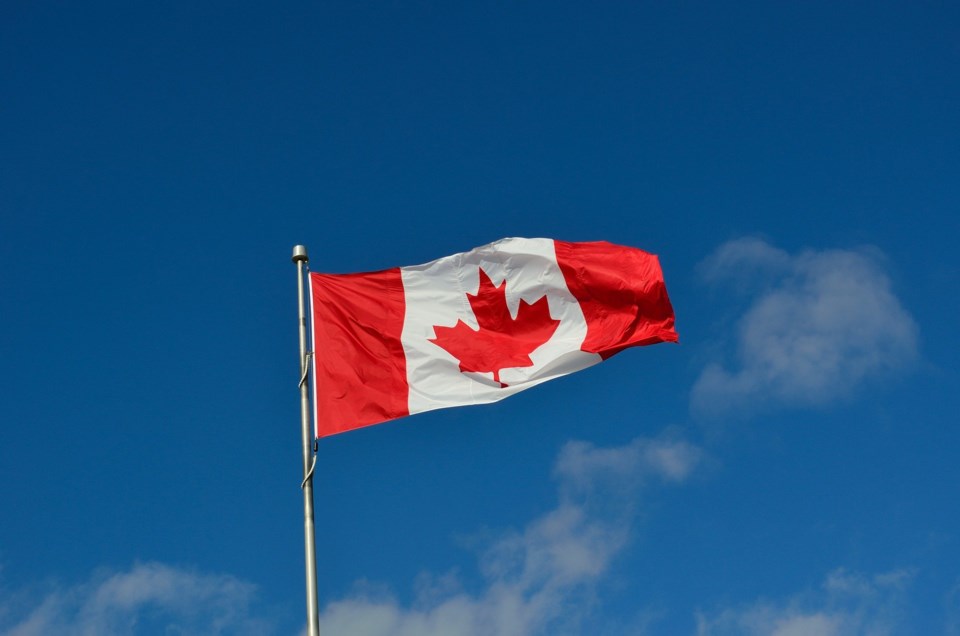My nephew, an 11-year-old dual citizen schooled in the shadow of California’s Santa Ana mountains, earlier this year lived through the American Revolution.
It was a carefully choreographed educational pageant. Each year, a commercial outfit leads re-enactments in state classrooms.
Students are assigned characters from the events that led to Great Britain’s ouster from New England in 1781. My nephew pulled on a powdered wig and heaved a cardboard crate labelled TEA. “Hello,” he announced in a memorized biography. “My name is Samuel Adams. To protest taxes imposed by the British Parliament, I organized the Boston Tea Party.”
Pity the kid assigned to be King George III. He clutched a card telling him how to act after the Battle of Yorktown: “At the very end, stomp your foot on the ground.”
The exercise commemorates only two non-White characters. Black poet Phyllis Wheatley is told to dress as a colonial woman and carry one of her poems. Crispus Attucks, a whaler of Black and Indigenous descent shot during the Boston Massacre, makes an early exit (“After speaking, throw the snowball toward the British and then fall”).
Tecumseh, the Shawnee chief and warrior who battled encroaching Americans, is forgotten. So is Colonel Joseph Louis Cook (Akiatonharónkwen), who became the highest-ranking Indigenous soldier in the Continental Army.
It’s easy to chuckle at such a reductionist version of history, especially one that pits White colonial heroes against petulant villains. (“After many days of fighting, I will surrender,” shrugs the pint-sized General Charles Cornwallis.)
But picture a Canadian version of such a routine, and chuckles turn to shudders.
Since the Canadian experiment began — arguably with Jacques Cartier’s first conversation with citizens of the Mi’kmaq Nation in 1534 — have there been icons worthy of such fervent emulation?
The idea of middle schoolers affecting John A. MacDonald’s tipsy stagger and discriminatory views is cringeworthy. And imagine a fifth-grade portrayal of 1970’s October crisis. (“Wear a rose in your lapel,” a card would tell the student playing Pierre Elliot Trudeau. “Tell the reporter, ‘Just watch me.’”)
In fact, it was playing dress-up that got our current Prime Minister into hot water.
Even courageous revolutionaries (Métis leader Louis Riel, reformer Nellie McLung, civil rights activist Viola Desmond) make us recall that many of the injustices they fought still endure to this day.
For better or for worse, ours is not a nation of copycat exaltation. There are too many serious questions that demand serious conversations. It’s easy to see the cracks in our monumental myths.
It might be instructive to glorify lesser-known heroes (I would personally choose blacksmith Samuel Lount, hanged for his support of 1837’s fleeting struggle for responsible government in Upper Canada).
But our windswept national pantheon points the way in a different direction. The country’s riches don’t lie in the famous (and the famously flawed).
Instead, they reside in the commonplace striving that defines our stalwart national character. It takes spirit to keep pressing forward toward justice, reconciliation and peace — especially when the road hasn’t been built yet.
Absent a marble-hewn lineup of Founders, Framers or Fathers of Confederation, we have the chance to remake our legends in every generation.
Wear a powdered wig or not, but it’s your story I want to celebrate this Canada Day.
